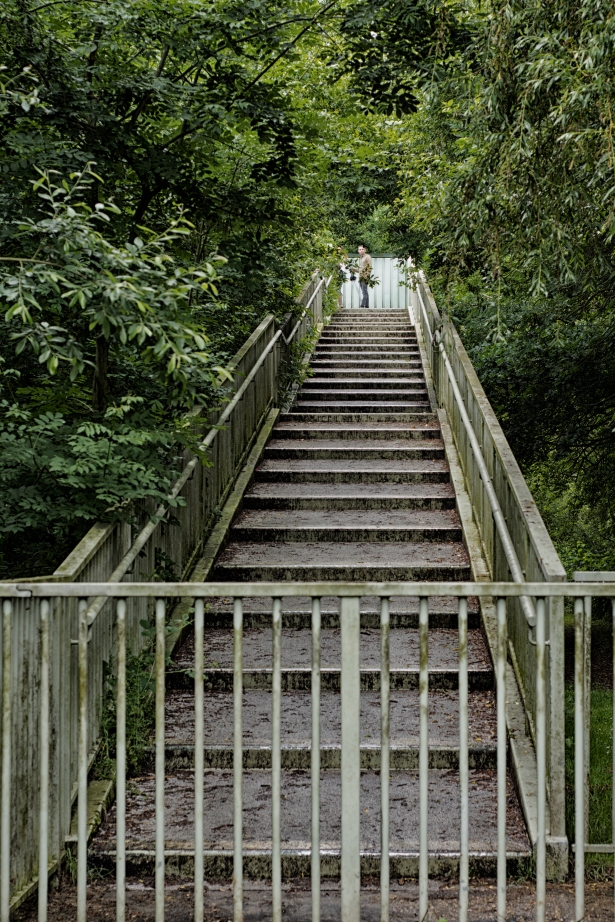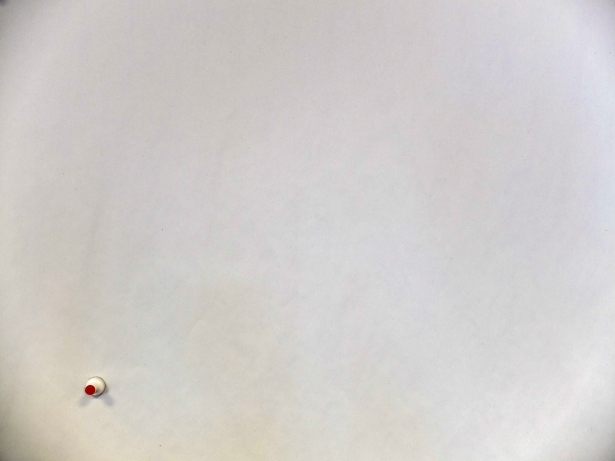Exercise 1.4 Frame
The final exercise of this project makes use of the viewfinder grid display of a digital
camera. This function projects a grid onto the viewfinder screen to help align vertical
and horizontal lines, such as the horizon or the edge of a building, with the edge of
the frame. If your camera doesn’t have a grid display, imagine a simple division of the
viewfinder into four sections.
Take a good number of shots, composing each shot within a single section of the
viewfinder grid. Don’t bother about the rest of the frame! Use any combination of
grid section, subject and viewpoint you choose.
When you review the shots, evaluate the whole frame, not just the part you’ve
composed. Take the same approach you used to evaluate the point and line
exercises: examine the relationship of elements to the frame. Composition is part of
form and formal analysis will be a useful skill for your exercises and assignments as
you progress through the course.
Formalism: prioritisation of concern with form rather than content. Focus on composition
and the material nature of any specific medium. (Wells, 2009, p.347)
Select six or eight images that you feel work individually as compositions and also
together as a set. If you have software for making contact sheets you might like
to present them as a single composite image. Add the images to your learning log
together with technical information such as camera settings, and one or two lines
containing your thoughts and observations.
Looking at my cameras manuals I found that both were different.
My Nikon D7200 utilises a 4 x 4 viewfinder grid as shown below:

While my Fujifilm X30 offer two options: a 3 x 3 or a 6 x 4 viewfinder grid as shown below:


For this exercise I used my Fuji X30 and the 3 x 3 viewfinder grid. I took two series of images, one within Waterloo Station and the other outside the station area. With each series I focused on composing each image in turn in each sector of the viewfinder grid. Each series shows the full image and highlights the frame concentrated on, then the frame image on its own. I finished each series by composing a picture using each selected image in the position they were originally taken.
Series 1:

Station Composite
Series 2:

Waterloo Composite
My conclusions to this exercise are to consider the whole field of view within the viewfinder when composing your image. It is easy to be suckered into just concentrating on what is at the centre of the frame and not considering what is happening in the foreground, background or edges of the image.





















































